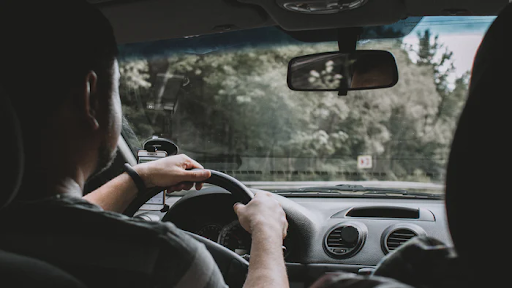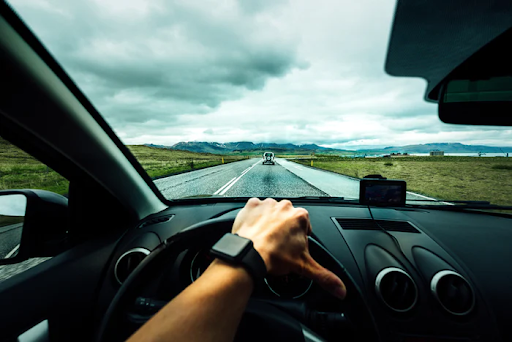Useful Tips To Help You Avoid Rear-End Car Accidents
Car accidents are something that pretty much everyone wants to avoid if they can. At the bare minimum, accidents take a huge chunk of time out of your day, resulting in you getting behind on your errands or being late for work. They can also cost you a hefty amount of money in terms of fines, missed work, car repairs, or required payouts after legal proceedings. Accidents can also cause you physical, bodily harm, and even death.
The following will explore a few things that you can do to avoid the most common kind of multi-vehicle accident: the rear-end collision.
What Is A Rear-End Collision?
Simply put, a rear-end collision is a car accident that involves one car slamming into the back of another car. According to https://samandashlaw.com/car-accident-lawyer/rear-end-collision/, this type of accident is the leading cause of whiplash. Whiplash is an injury caused by the straining of soft tissue in the neck. In most cases, the car that hit the other vehicle from behind is found to be at fault and may be required to compensate the owner of the vehicle that was hit for medical expenses, harm, and damage to the vehicle.
What Causes Rear-End Accidents?
If you want to avoid rear-end collisions, it’s important to understand how these accidents come about. Typically, the process involves a vehicle failing to slow down or stop in time to avoid crashing into the back of a car that’s going the same direction. Almost always, the collision involves the tail end of one vehicle being collided with by the front end of another.
Tip #1: Pay Attention
Rear-end accidents are particularly common in moments of traffic where the flow of cars is stopping and starting constantly. In slower traffic, someone might pay less attention to the road as they inch forward and start fiddling with their phone looking for a podcast to help pass the time. The best thing you can do to reduce car accidents of this nature is to pay attention; keep your eyes on the road and respond immediately when you see that the vehicle in front of you has engaged its brake lights.
Tip #2: Support Your Reaction Time
Given that, in most cases, a rear-end accident involves someone not reacting to the behavior of the car in front of them within a reasonable time frame, it’s important to ensure your reaction time is not reduced. Things that impede your attention like distracted driving, intoxicated driving, and drowsy driving can all increase the chances that you won’t be able to respond to a braking car in front of you quickly enough to avoid hitting them.
It’s important to note that emotional distress can be the cause of distracted driving. If you’ve just lost your job, been given bad news, or had a break-up, for instance, you might not be in the right headspace to drive. If you find your mind is floating back to an incident from earlier in the day, instead of staying on the road, you might need to pull over and take a break. It’s worth pointing out that suppressed emotions can become active during moments of peace, like when driving, resulting in heightened states that make for poor reaction time. Don’t push your emotions into the back of your mind; instead, feel them out. Write down how you feel if you need to; focus on the physical sensations associated with the emotion if the emotion itself is too strong to bear. This might mean noticing that your jaw is tense when you’re angry or acknowledging that you feel pressure in your chest when sad.

Tip #3: Leave Room
Even if you’re paying attention to the car in front of you and your mind is sharp, you still are at risk of a rear-end collision if you’re not leaving an appropriate amount of space in front of you. Yes, in packed traffic, it’s hard, but no one likes being tailgated. You’re ideally looking to keep one full car length between you and the car in front of you. This will help give you ample space to slow down and stop should you need it.
Tip #4: Mind Your Speed
Another factor that can greatly increase your chances of a rear-end collision is speeding. If you’re going too fast for the layout of a given road and the traffic it experiences, you’re going to have less time to react to what the car in front of you is doing before you reach them. The above tips should help you reduce your risk of encountering a rear-end car accident. Of course, the behavior of other drivers is also a factor. If you notice someone swerving, driving recklessly, speeding, or otherwise behaving erratically on the road, pull over and let them pass as soon as you can.
Check Next >https://www.neoadviser.com/benefits-of-choosing-the-right-car-insurance/
